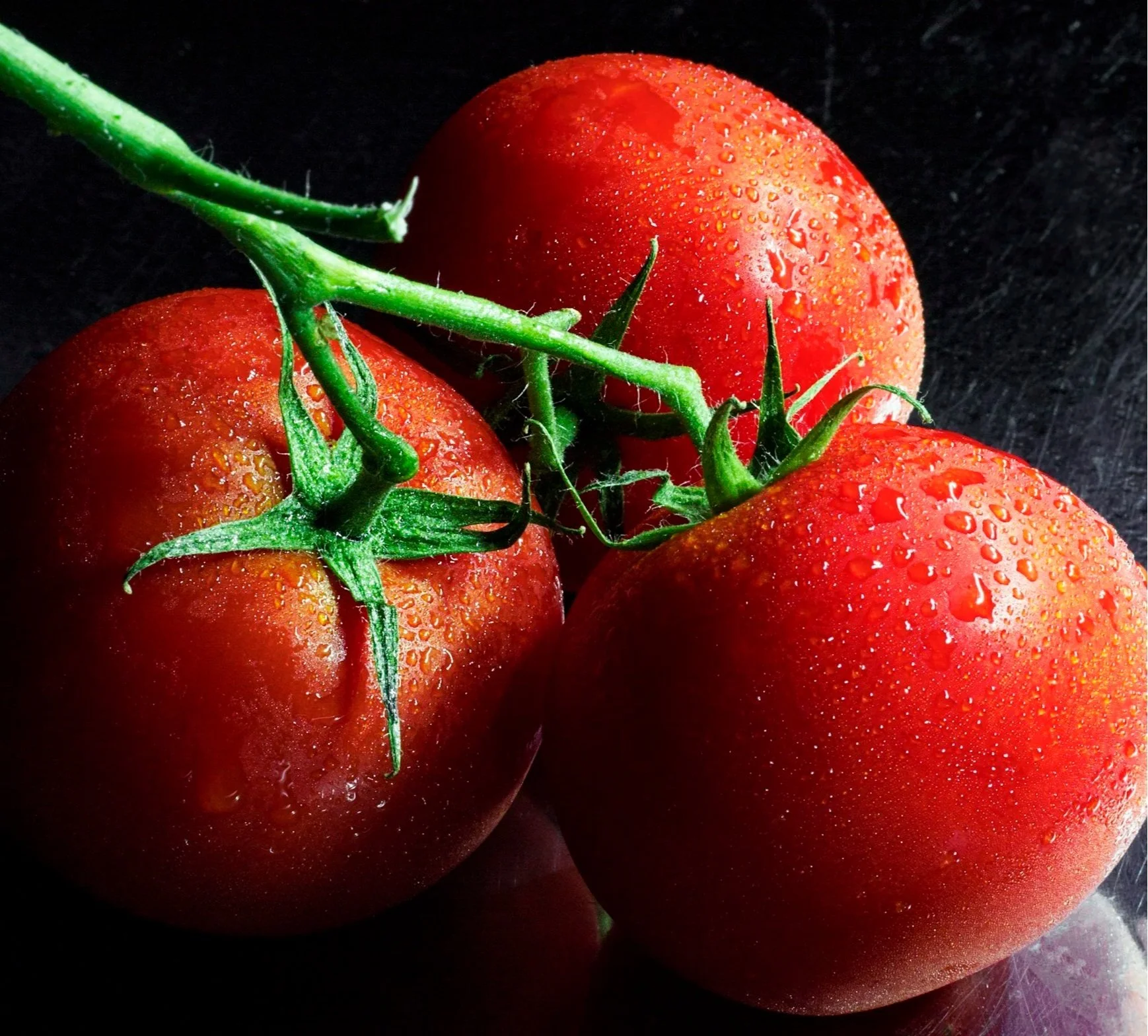The Cast Iron Flavor Matrix: How Ingredients React to Iron
🔎At a Glance: The Cast Iron Flavor Matrix
🍅 Acidic Ingredients — Why tomatoes and vinegar can strip seasoning, and when to switch to enamel
🥓 Fatty Ingredients — How bacon grease and oils actually build your skillet’s nonstick layer
🌽 Starchy Ingredients — Potatoes and breads as the ultimate “seasoning test”
🧂 Flavor Absorption Myths — Busting the legend of cast iron as a flavor sponge
🥘 When to Use Enameled Cast Iron — The smart swap for braises, stews, and long-simmered sauces
🔑 Key Takeaway — Cast iron is chemistry: acids challenge, fats fortify, starches test
Cast iron isn’t just a cooking tool—it’s a living surface. Every time you heat, sear, or simmer, you’re shaping a microscopic landscape of oil polymers and iron that changes how flavors behave. Some ingredients play nicely with that surface; others challenge it. Understanding these interactions is the difference between a skillet that elevates your dish and one that leaves you scrubbing.
Let’s break down the Flavor Matrix—acidic, fatty, and starchy ingredients—and how they react with seasoned cast iron.
Acidic Ingredients: Tomato Sauces and Beyond
The Science: Acids like tomatoes, citrus, and vinegar can strip away seasoning if they linger too long. That glossy black patina is essentially baked-on oil, and acid is its natural enemy.
Practical Impact: A quick tomato sauté for shakshuka? Fine. A slow-simmered marinara? Risky. Extended exposure can leave metallic notes in your sauce and dull patches on your pan.
Pro Move: If you love long braises or tomato-heavy stews, reach for enameled cast iron. The enamel barrier protects both your food and your seasoning.
Fatty Ingredients: Bacon Grease and Friends
The Science: Fats are cast iron’s best friend. When heated, they polymerize, reinforcing the nonstick layer. Bacon grease, lard, and even duck fat are like spa treatments for your skillet.
Practical Impact: Cooking fatty foods not only flavors your dish but also strengthens your pan. That’s why bacon is often the first thing people cook in a new skillet—it’s seasoning in action.
Pro Move: Rotate your fats. While bacon grease is classic, neutral oils like grapeseed or canola help build a more balanced, durable layer of seasoning.
Starchy Ingredients: Potatoes, Rice, and Breads
The Science: Starches don’t bond with the surface the way fats do, but they act as a test of your seasoning. If your potatoes stick, your pan needs more layers of polymerized oil.
Practical Impact: Well-seasoned cast iron releases crispy hash browns with ease. Poorly seasoned pans? You’ll be chiseling off a potato pancake.
Pro Move: Use starches as a diagnostic tool. If they slide, your skillet is in peak condition. If they cling, it’s time for a re-seasoning session.
Flavor Absorption Myths
One of the most persistent cast iron legends is that your skillet “absorbs” flavors like a sponge. In reality, the seasoning layer is a hard, polymerized surface—not porous enough to soak up yesterday’s garlic. What you’re tasting is residual oil or food particles left behind if the pan wasn’t cleaned properly.
Truth: Cast iron doesn’t hold onto flavors once it’s cleaned and lightly oiled.
Exception: Strong aromatics (like fish sauce or curry pastes) can linger temporarily, but that’s surface-level, not deep absorption.
When to Use Enameled Cast Iron Instead
Enameled cast iron is your ace card when:
You’re cooking long-simmered acidic dishes (chili, coq au vin, tomato braises).
You want neutral flavor transfer—no risk of metallic notes.
You prefer easier cleanup without worrying about stripping seasoning.
Think of it this way: seasoned cast iron is your searing, frying, and roasting workhorse; enameled cast iron is your braising and saucing specialist. Together, they cover the full flavor spectrum.
🔑 Takeaway
Cast iron isn’t just about heat retention—it’s about chemistry. Acids challenge it, fats fortify it, and starches test it. Knowing when to lean on seasoned cast iron and when to pivot to enamel gives you control over both flavor and longevity.
Your skillet isn’t just cookware—it’s a partner in flavor. Treat it right, and it will reward you with decades of meals that taste like home.
Which ingredients do you swear by—or avoid—in cast iron? Drop your insights below and help expand the Flavor Matrix for fellow skillet enthusiasts.





